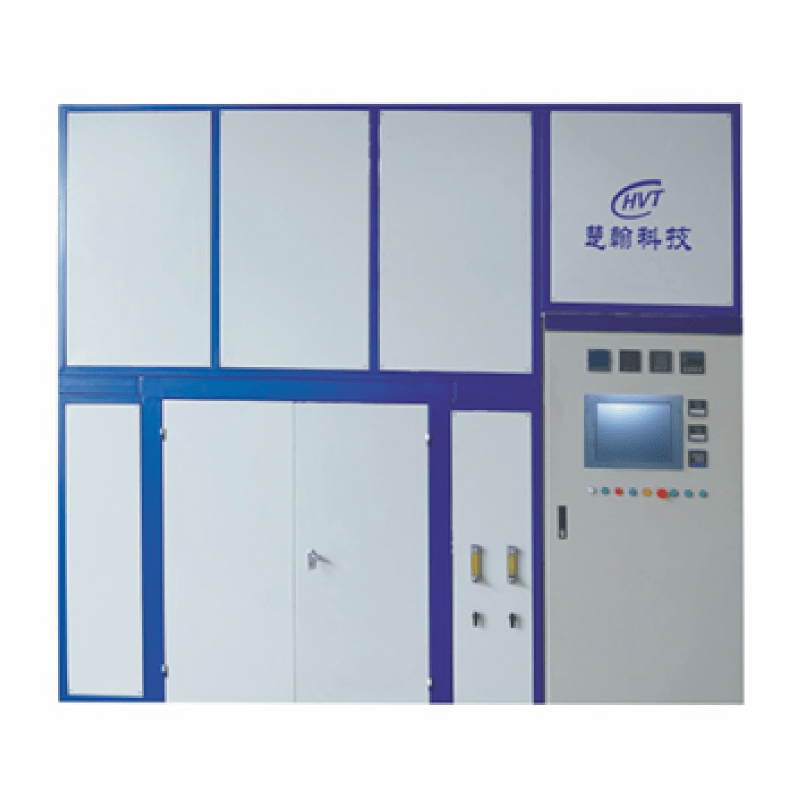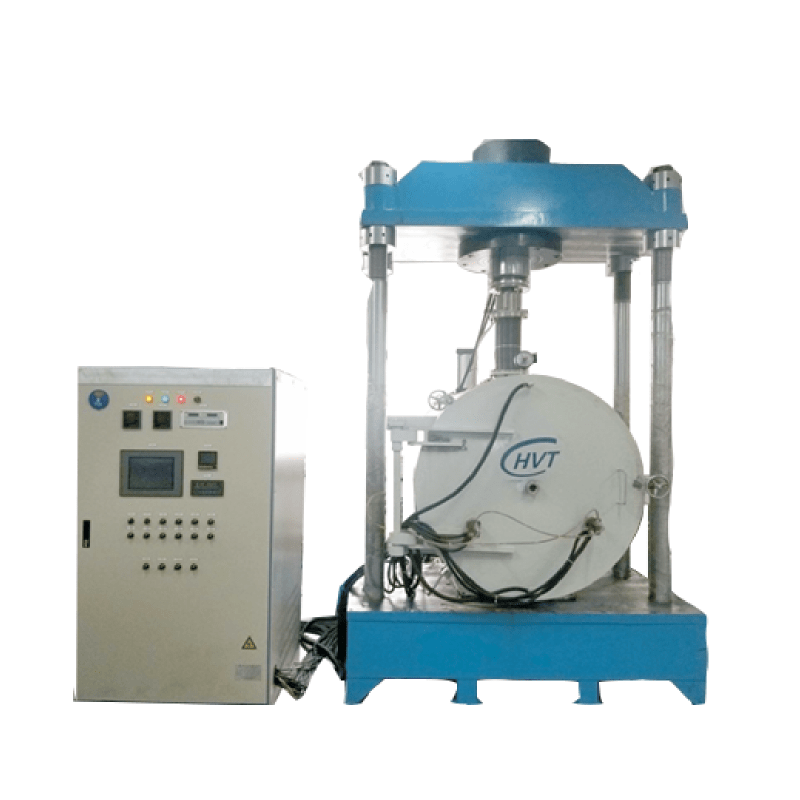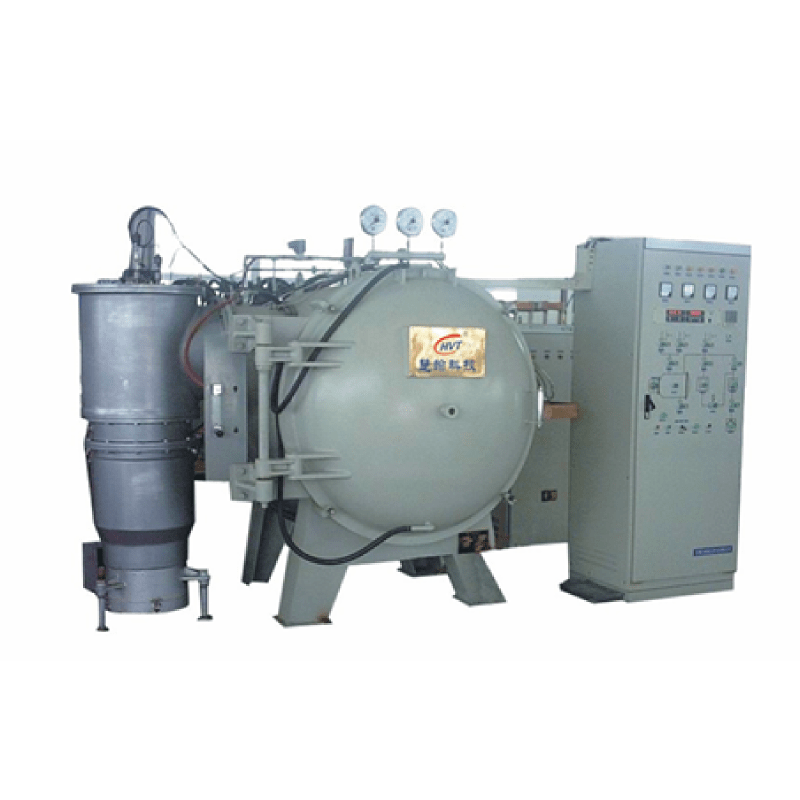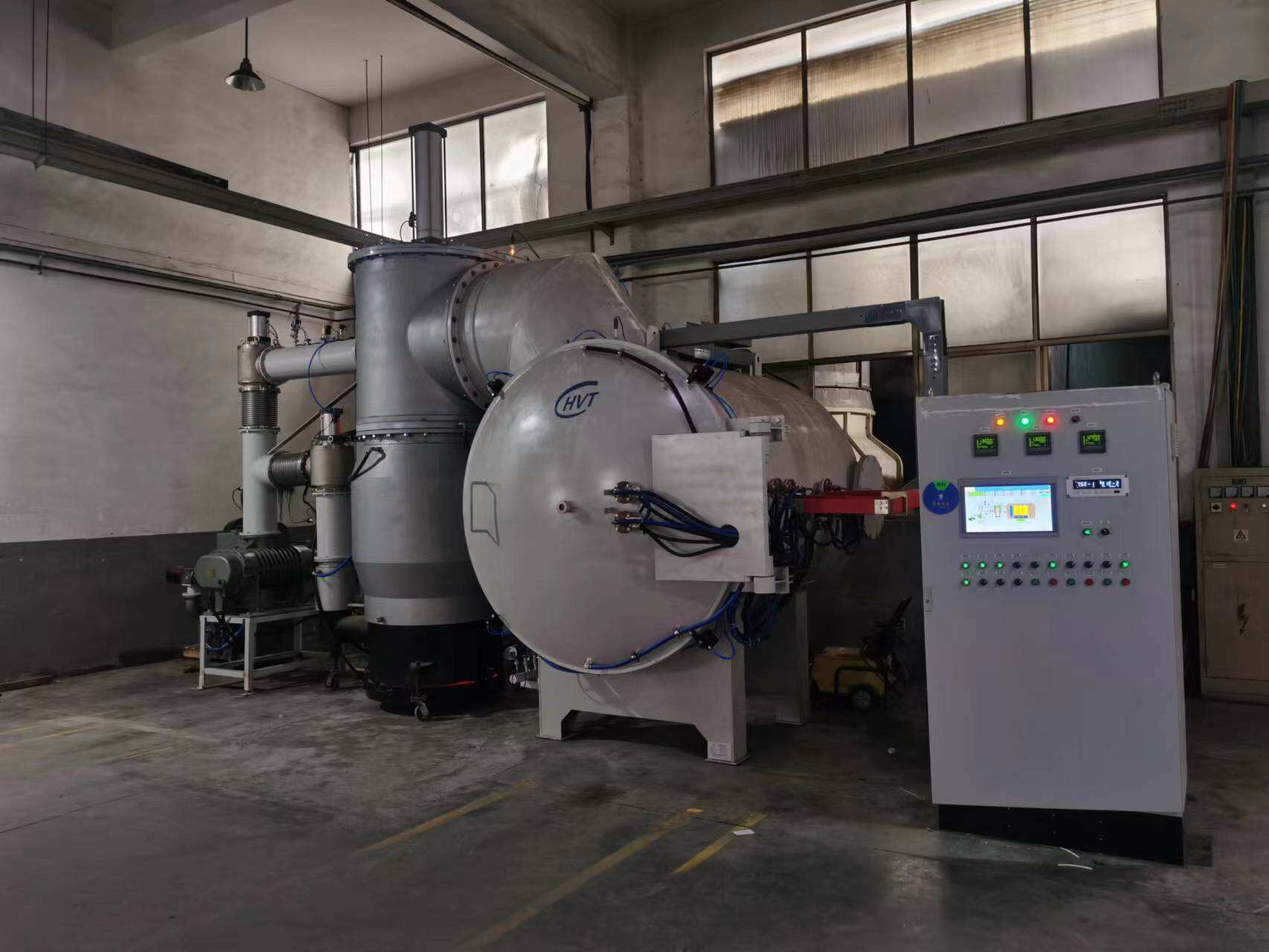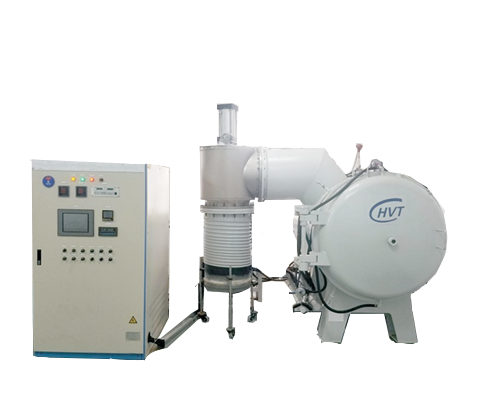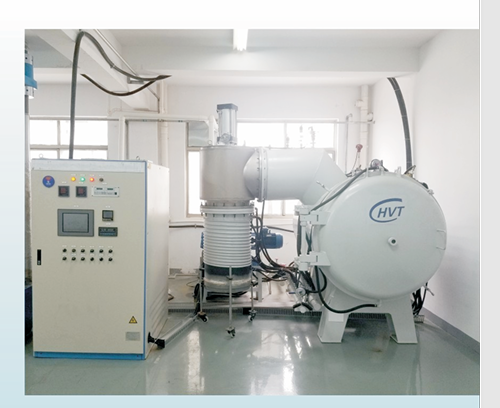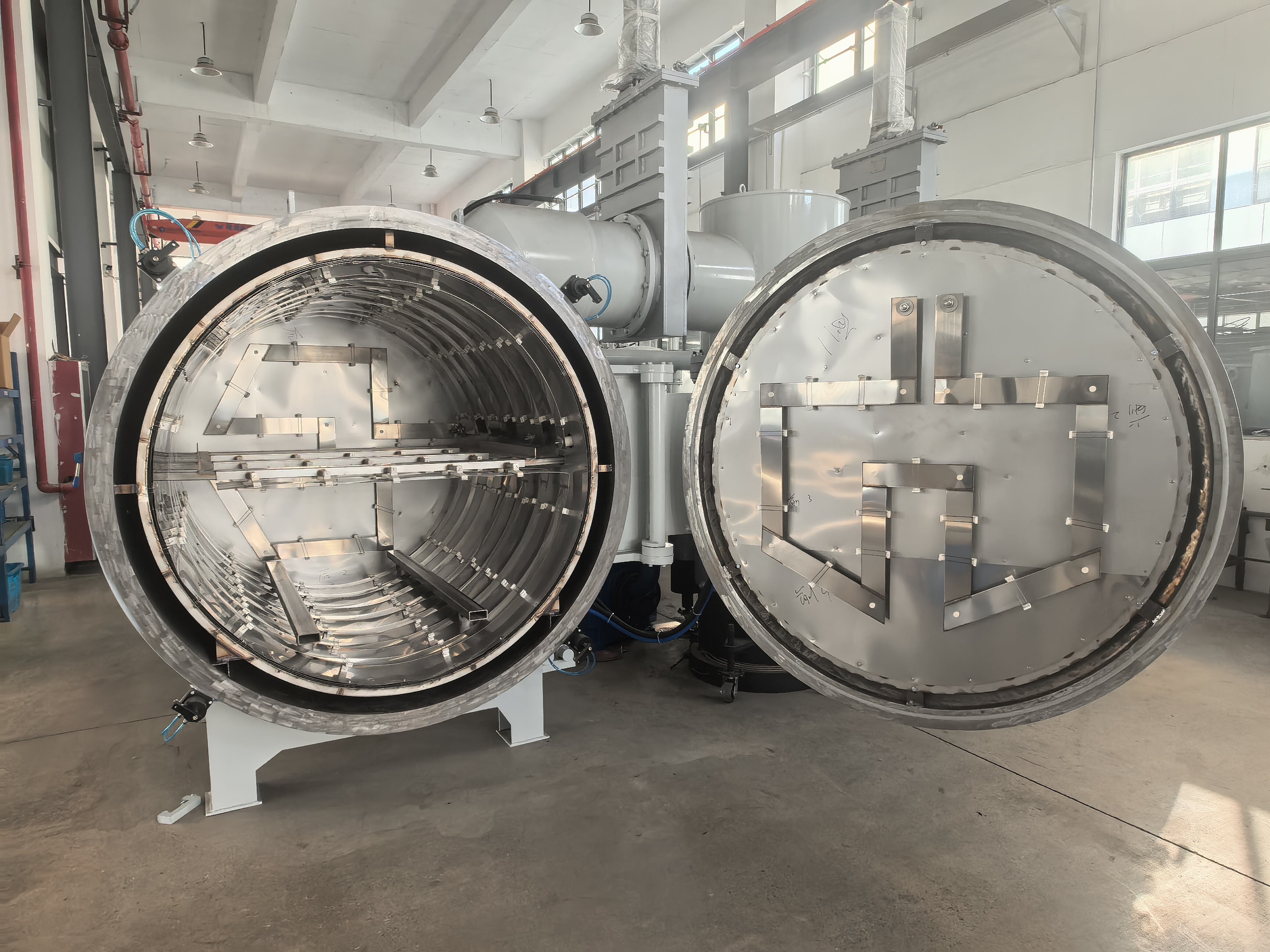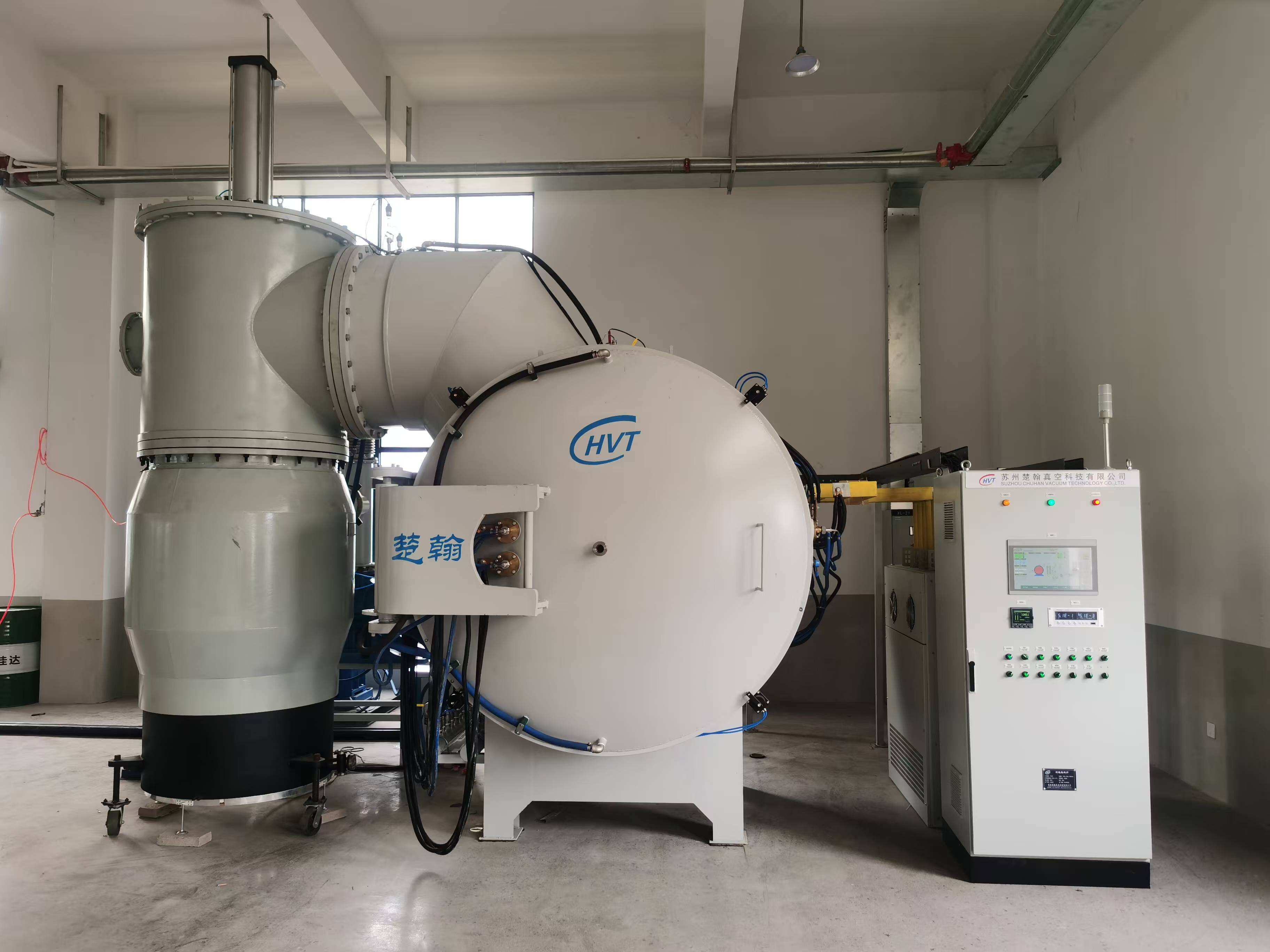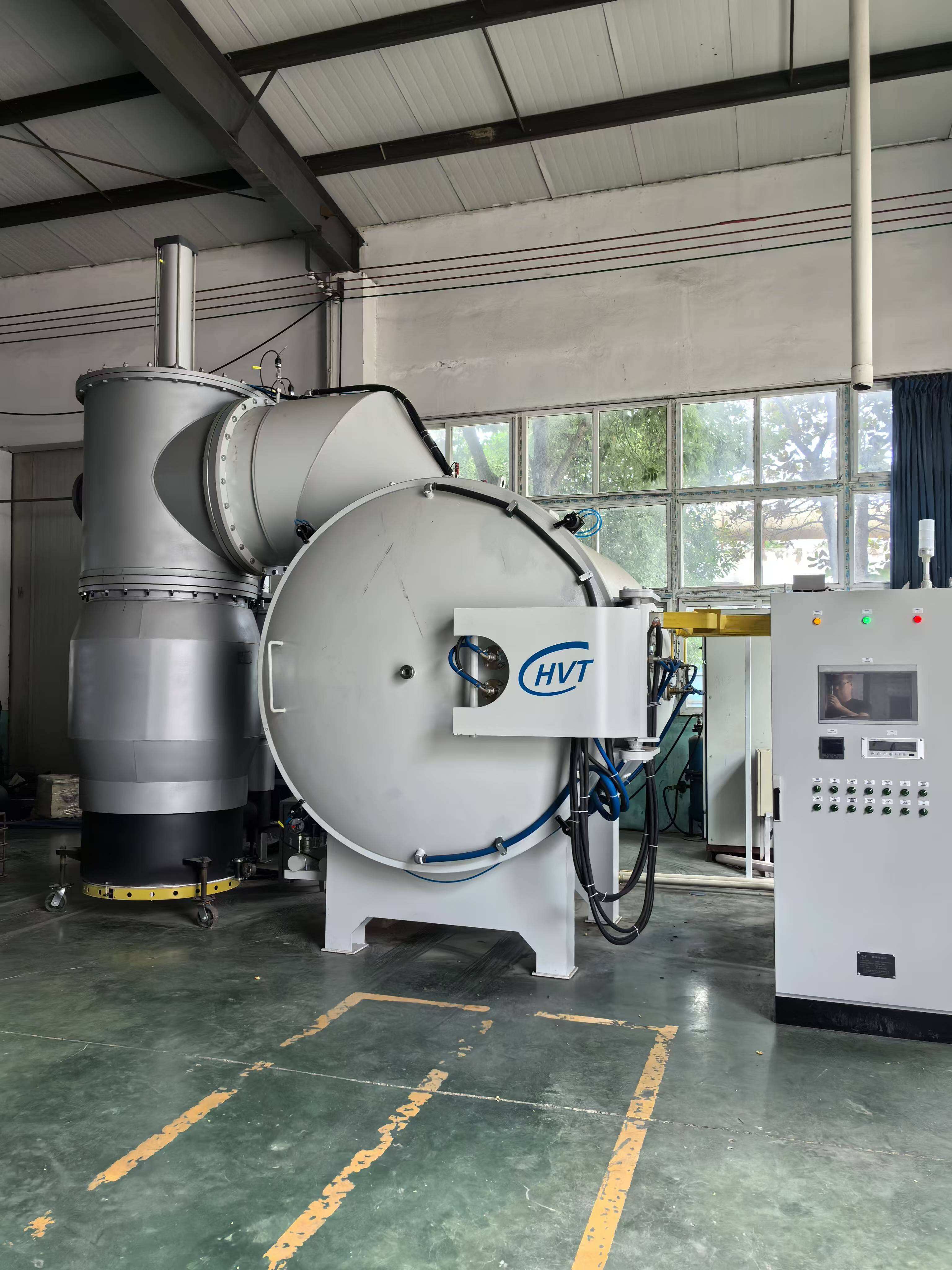industrial smelting furnace
The industrial smelting furnace represents a cornerstone of modern metallurgical processing, designed to transform raw materials into refined metals through controlled heating and chemical reactions. These sophisticated systems operate at extreme temperatures, typically ranging from 1000°C to 3000°C, enabling the efficient extraction of metals from their ores. Modern industrial smelting furnaces incorporate advanced temperature control systems, precise material handling mechanisms, and state-of-the-art safety features. They utilize various heating methods, including electric arc, induction, and fuel-based heating, each optimized for specific applications. The furnace's design typically features a robust refractory lining, cooling systems, and automated loading mechanisms, ensuring consistent operation and product quality. These furnaces find extensive applications across multiple industries, including steel production, aluminum manufacturing, copper refining, and precious metal processing. They are equipped with sophisticated monitoring systems that maintain optimal conditions throughout the smelting process, ensuring energy efficiency and environmental compliance. The versatility of industrial smelting furnaces extends to handling different types of feed materials, from raw ores to recycled metals, making them indispensable in both primary metal production and recycling operations.

